An innovation in fish transportation could transform aquaculture practices, reduce fish stress and improve aquaculture efficiency
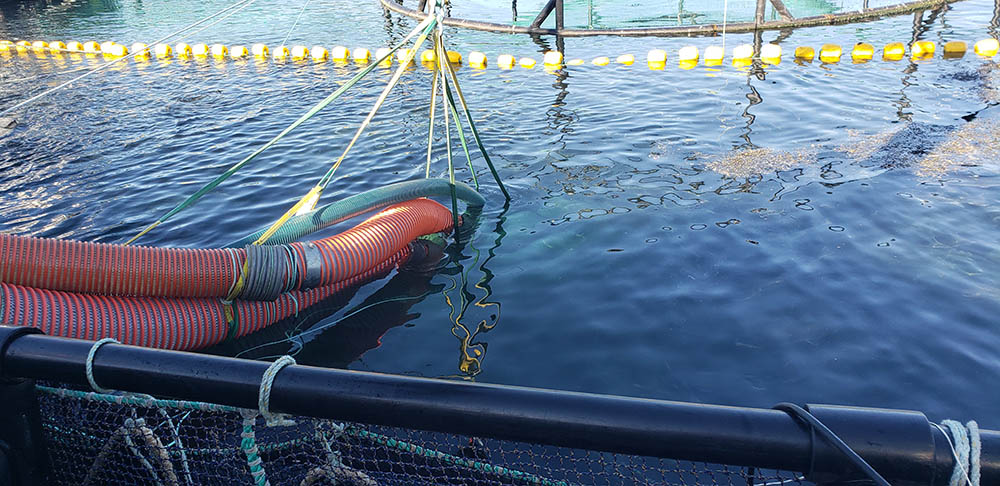
As global seafood demand rises, concerns about fish health and welfare have taken center stage. More consumers prioritize animal welfare, traceability and environmental, social, and governance (ESG) principles when purchasing seafood, with greater willingness to pay more for labeled products. Improved fish welfare is also linked to higher survival rates, reduced disease and parasite incidence and increased farm efficiency, giving conscious operators a competitive advantage.
A key focus is reducing fish stress during transportation – a potentially traumatic process that can affect fish health and meat quality. Research shows that transport triggers physiological stress responses and disease susceptibility in farmed fish, impacting their skin and microbiota. Minimizing fish stress during transportation supports their immune systems, reducing disease risks and mortality rates. In a nutshell, cultivating relaxed, happy fish before, during and after the transfer is good for business, prompting many operators to look for ways to optimize their transportation processes.
Various stress reduction techniques – such as water quality management, appropriate stocking density and gentle handling practices – can improve survival rates during transportation. However, technology is gradually emerging to reduce fish stress during capture and transportation. One such innovator is East Coast Innovation Inc. (ECI) – an aquaculture consulting company based in New Brunswick, Canada that has developed the Voluntary Swim-In (VSI). Inspired by the natural behavior of fish, the technology changes the way fish are transferred in both ocean-based and land-based fish farms.
“The inspiration came from the fundamental truth that farmers must be able to move the animals within their care safely and efficiently,” said Joel Halse, CEO of ECI. “Having the entire population of fish being scared and stressed as they wait to be moved is not ideal. The VSI reduces crowding, biomass density and fish stress, thereby improving fish survivability.”
After years of research and development, the salmon farming industry has developed options for moving fish quickly and safely from one location to another using fish pumps, pipes and hoses. According to Halse, the VSI maximizes these investments by improving the interface between a population of fish and the fish suction hose.
“We know that salmon do not want to swim into a scary, dark hole,” said Halse. “Instead of gathering fish into a crowd at a high density so they can be sucked into a funnel, the VSI changes the conditions in front of the fish pump so that fish naturally move into the transfer system.”
The VSI transfers fish faster without crowding, and each fish follows its instincts and willingly participates. In a typical fish transfer system, fish swim away from the suction funnel (the scary, dark hole) at the end of the hose, requiring high-density crowding to force them to enter. By incorporating ECI’s innovation, fish are attracted by the water flow in front of the VSI and are easily drawn through the VSI into the transfer system.
Coho salmon farmer sees Ike Jime partnership as a welfare and quality differentiator
“With the VSI, farmers will no longer have to force their fish into a suction funnel,” said Halse. “Fish can maintain natural schooling behavior in a low-density waiting population until they are gently guided toward the VSI. The salmon around the VSI follow their natural instincts and swim into the VSI loading zone where they are quickly and safely transported into the suction hose of the company’s fish transfer system.”
Overall, the voluntary fish behavior induced by the VSI reduces stress normally associated with fish transfer. This is most evident when fish transferred with the VSI resume normal feeding behavior shortly after transfer.
“The VSI allows for a more consistent transfer rate while maintaining low biomass density in the waiting fish population, with lots of water for every animal waiting its turn to go through the fish pump,” said Halse. “With the VSI, fish are less stressed and eat shortly after transfer. The result is better survivability, better health outcomes and more feeding days.”
The VSI can work with any transfer system, and according to ECI, installing the VSI will not represent a significant operational change for farm crews. It enables the optimization of existing fish transfer systems, and it can be easily integrated and quickly connected and disconnected. It also allows farm managers to reduce the amount of heavy labor that is currently used to crowd fish for transfers.
Currently, ECI is conducting trials with Atlantic salmon, but other species are on the radar for future research. Halse reported that the industry wants to see the data showing that the VSI works, and if that can be done, the technology could be “a game-changer for anyone moving fish.” The ROI will also be studied.
“We are collecting a lot of data, but the actual cost savings or return on investment will be different for each company and each situation,” said Halse. “It will depend on the farm, the size of the equipment and so forth. Everyone understands the challenge and the need for a solution and is keen to see the results of our sea trials.”
According to ECI, trials in a laboratory setting so far have achieved “successful results,” which are defined as the transfer of 100 percent of the fish population with the VSI at a low biomass density while maintaining a steady transfer rate. This success led to the scale-up of a commercial-sized VSI prototype unit for conducting initial tests at sea.
However, transitioning from lab testing to field testing in a commercial setting comes with challenges beyond the VSI technology itself.
“While the core components of the VSI technology have been developed, there is much work left to do to optimize performance,” said Halse. “We have been fortunate to have a collaborative ‘early adopter’ company in Atlantic Canada for the early sea trials. We are also building partnerships in Scotland to bring the VSI to commercialization there.”
Although trials are underway, Halse believes that moving fish with the VSI could offer an innovative fish transportation solution for the aquaculture industry that can both improve fish welfare and “enhance a company’s bottom line.”
“The ability to move large populations of fish quickly and safely is critical to salmon farmers around the world,” said Halse. “We’re replacing a very difficult and stressful situation with one that is comfortable and safe every time a population of fish must be moved. The most significant impact is happier and healthier fish.”
Follow the Advocate on Twitter @GSA_Advocate
Now that you've reached the end of the article ...
… please consider supporting GSA’s mission to advance responsible seafood practices through education, advocacy and third-party assurances. The Advocate aims to document the evolution of responsible seafood practices and share the expansive knowledge of our vast network of contributors.
By becoming a Global Seafood Alliance member, you’re ensuring that all of the pre-competitive work we do through member benefits, resources and events can continue. Individual membership costs just $50 a year.
Not a GSA member? Join us.
Author
-

Lisa Jackson
Associate Editor Lisa Jackson is a writer who lives on the lands of the Anishinaabe and Haudenosaunee nations in Dish with One Spoon territory and covers a range of food and environmental issues. Her work has been featured in Al Jazeera News, The Globe & Mail and The Toronto Star.
Tagged With
Related Posts
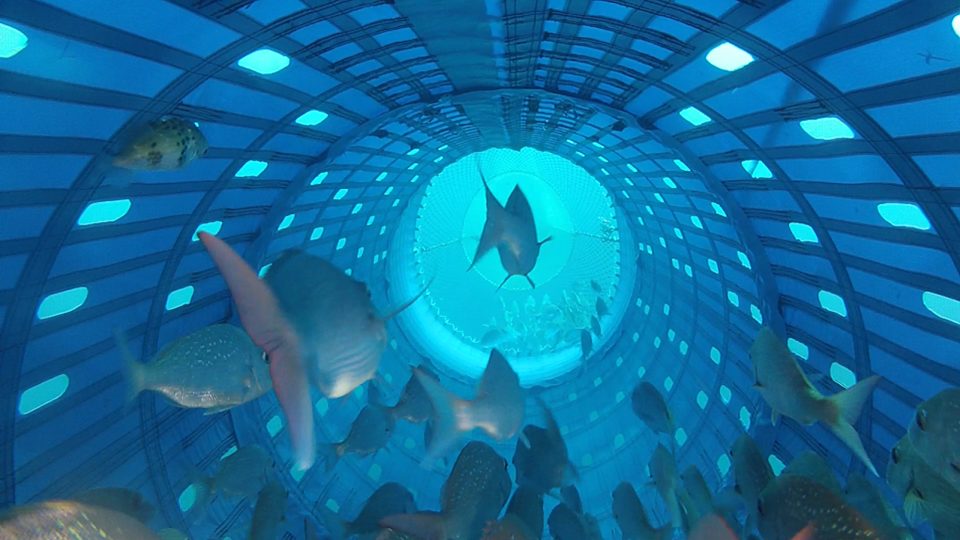
Fisheries
‘We were just looking for a way to fish better’: How one partnership is reinventing commercial fishing nets to reduce bycatch and improve animal welfare
Precision Seafood Harvesting’s novel reimagining of commercial fishing nets provides innovative solutions to both bycatch and animal welfare issues.
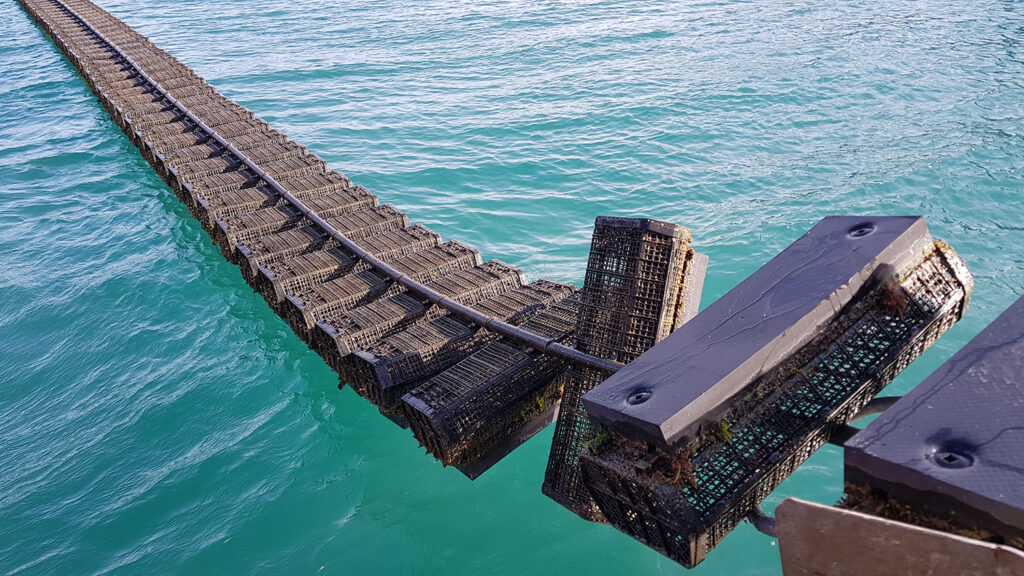
Innovation & Investment
Innovation Award 2021 finalist: FlipFarm
FlipFarm, a semi-automated oyster-growing system from New Zealand, is a finalist for GSA’s annual Global Aquaculture Innovation Award.
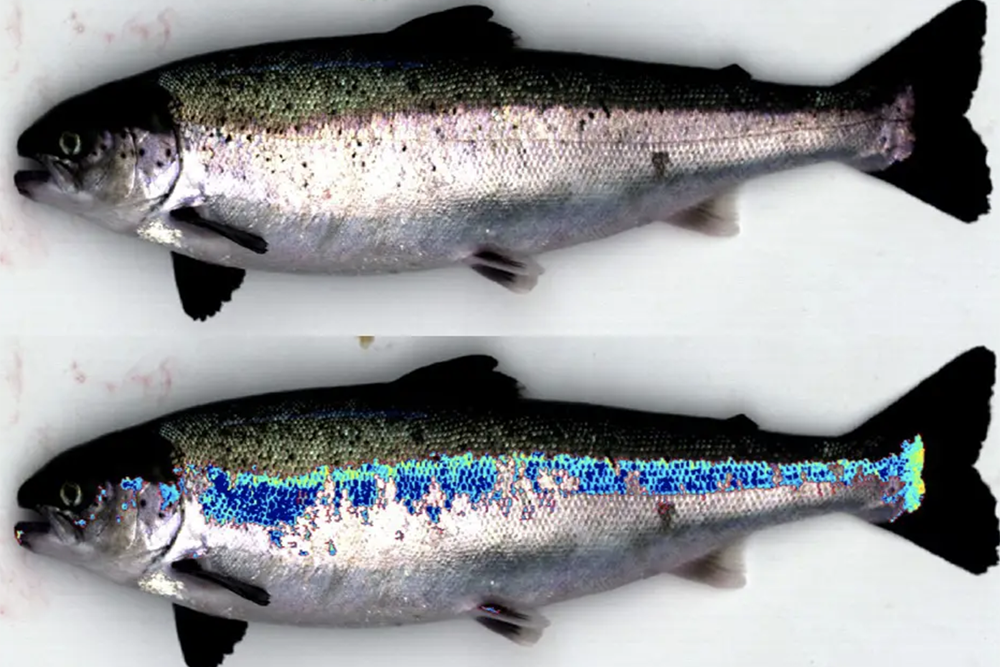
Health & Welfare
Vision quest: Behind Norwegian researchers’ high-tech approach to fish welfare assessments
Nofima's DeepVision project explores how hyperspectral cameras can improve the speed and accuracy of fish welfare assessments in aquaculture.
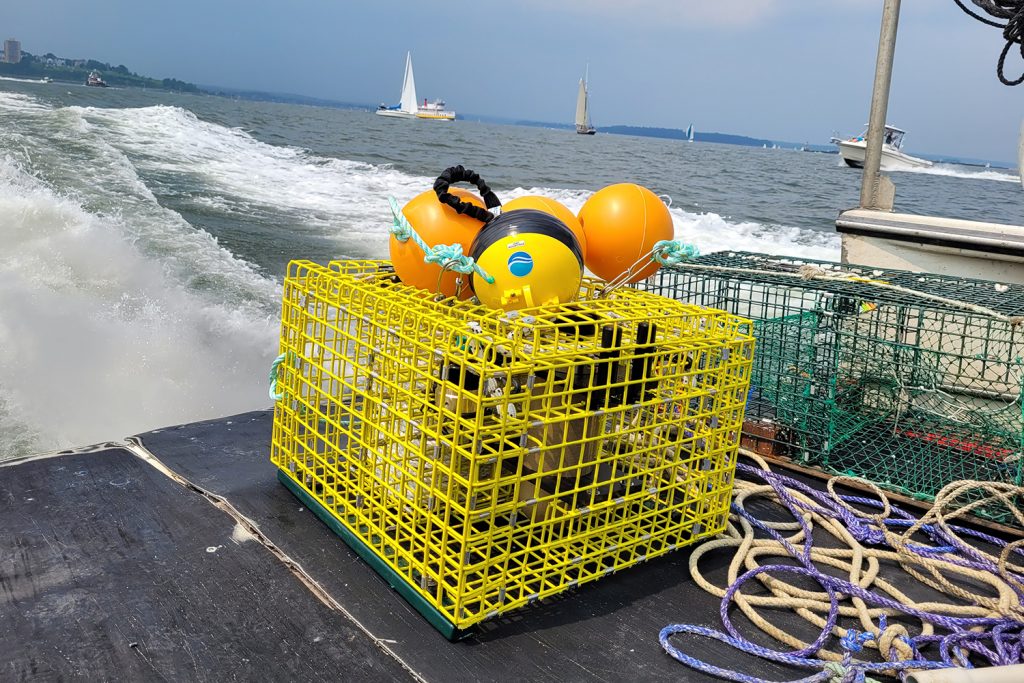
Fisheries
Rethinking ropes: Can ropeless fishing gear end whale entanglements?
Ropeless fishing gear can prevent whale entanglements and reduce the amount of discarded or lost fishing equipment but the cost is a limiting factor.


